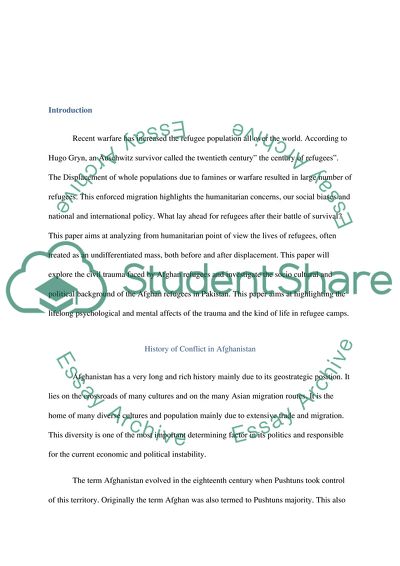Cite this document
(Civil Trauma Faced by Afghan Refugees Term Paper - 2, n.d.)
Civil Trauma Faced by Afghan Refugees Term Paper - 2. Retrieved from https://studentshare.org/social-science/1750282-case-report-on-country-with-a-large-refugee
Civil Trauma Faced by Afghan Refugees Term Paper - 2. Retrieved from https://studentshare.org/social-science/1750282-case-report-on-country-with-a-large-refugee
(Civil Trauma Faced by Afghan Refugees Term Paper - 2)
Civil Trauma Faced by Afghan Refugees Term Paper - 2. https://studentshare.org/social-science/1750282-case-report-on-country-with-a-large-refugee.
Civil Trauma Faced by Afghan Refugees Term Paper - 2. https://studentshare.org/social-science/1750282-case-report-on-country-with-a-large-refugee.
“Civil Trauma Faced by Afghan Refugees Term Paper - 2”, n.d. https://studentshare.org/social-science/1750282-case-report-on-country-with-a-large-refugee.


